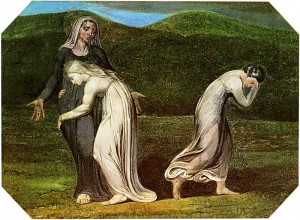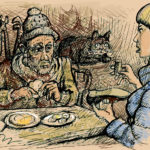Mrs. Bond, my twelfth-grade English teacher, launched our class discussion of Shakespeare’s Julius Caesar by asking whether we thought that the play had been misnamed. I’m sure that Mrs. Bond was one of many teachers who have used that same question to get student readers to think about the structure of that play. It’s a question that highlights the difference between a story’s pivotal figure—the one around whom the action revolves—and the protagonist—the whom the story is about.






